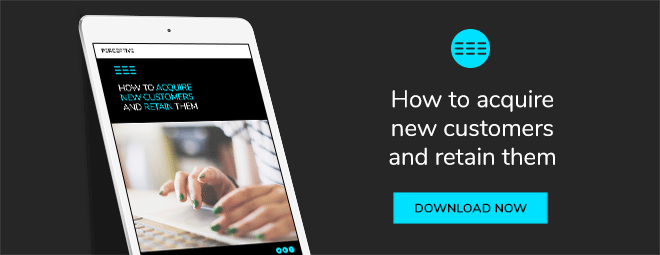Don’t do the biggest mistake that a lot of businesses do: to just calculate their NPS and stop there. NPS is in fact a great way to start a conversation with your customers and to understanding them better so that you can make improvements.
You can improve retention and create loyal customers only if you’re able to connect with them and close the loop to address their opinions in a focused, targeted way. Here are four NPS tricks that most businesses don't make use of enough, and using these will go a long way to transforming your business to be customer focused.
1. Follow up with every customer – and why this works
Each respondent does deserve some form of response, regardless of what rating they’ve given you. It’s a quick process and you’ll want to leverage the opportunity to talk to everyone who took the time to give you feedback.
You’ll get the most value from NPS if you’re able to identify and address survey responses with the outcome of starting conversations. This can be as easy as a simple thanks for feedback, solving your customer’s problems, or digging further for more information.
If your sample size is manageable, you can answer each response manually. But if you start getting a large volume of responses making it difficult to handle each communication personally, you’ll want to separate your respondents into segments, each with their own strategy for action.
Related content: The customer retention playbook
2. Understand trends for improvement
You might think you know what your biggest issues are but until you actually go out and ask your customers you won’t 1) know for sure and have actual data behind your assumptions or 2) know how big the issue actually is, in proportion to other potential issues. How to do this best?
Send out two surveys to two different batches of customer samples. The first survey should give you your status quo, but if you then action the negative feedback you receive straight away (i.e. change any frustrating features that your customers feel aren’t working), basically act on your feedback promptly. Then, send out another survey a while after (to another sample group) and subsequently you should be able to see the positive effect your action has had.
You might feel that in your first NPS survey you get a reasonably “good” score. However, what’s more important is in fact the trends you can pick up on. As with any metric, a single, individual number isn’t very useful, but by tracking the long term trend, this enables you to make smart business decisions.
Related content: Why reducing customer churn is crucial to your bottom line

3. Ask targeted, automated follow-up questions
In addition to asking for a numerical rating, to make the most of NPS you should also ask for more information. To keep it simple, as per the NPS methodology, plan your follow-ups accordingly. Ideally you’d want to prepare one automated follow-up question for each customer segment.
To use this strategically, you’d want the question to decipher the feedback that you can use to turn detractors and passives into promoters, and promoters into referrers.
For example:
- Promoters: What do you most like about our product/service?
- Passives: What would make you love us?
- Detractors: What could we do to improve your experience?
4. Complement hard data with anecdotal findings
The reason you’re using NPS is for more than “simply” score. Not only do you have a score at the end of your survey but equally you’ll have a ton of anecdotal data to dig into.
If you tie your actions together with the more emotive elements this is a powerful combo. You’ll get to the essence of the ‘voice of customer’ reaction, by investigating the open anecdotal feedback provided along with the NPS score, to get your most valuable customer insights.
Using the qualitative feedback helps to enhance and could even help explain any issues you may have with products, for example if you simply can’t get to the root of sources of dissatisfaction on the face of things. One of the biggest advantages of NPS is unlocking the customer’s voice.
Want to learn the industry secrets to customer acquisition and retention? Download our free ebook below!
